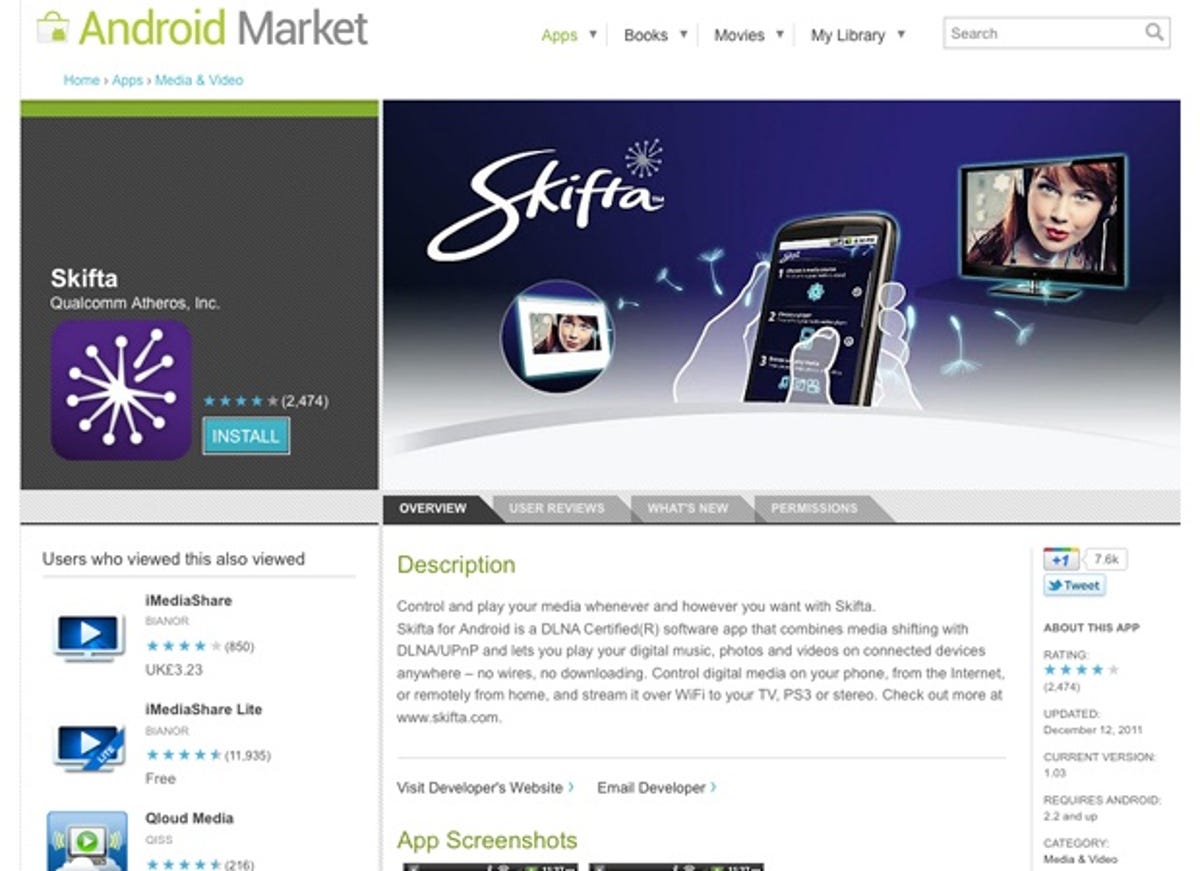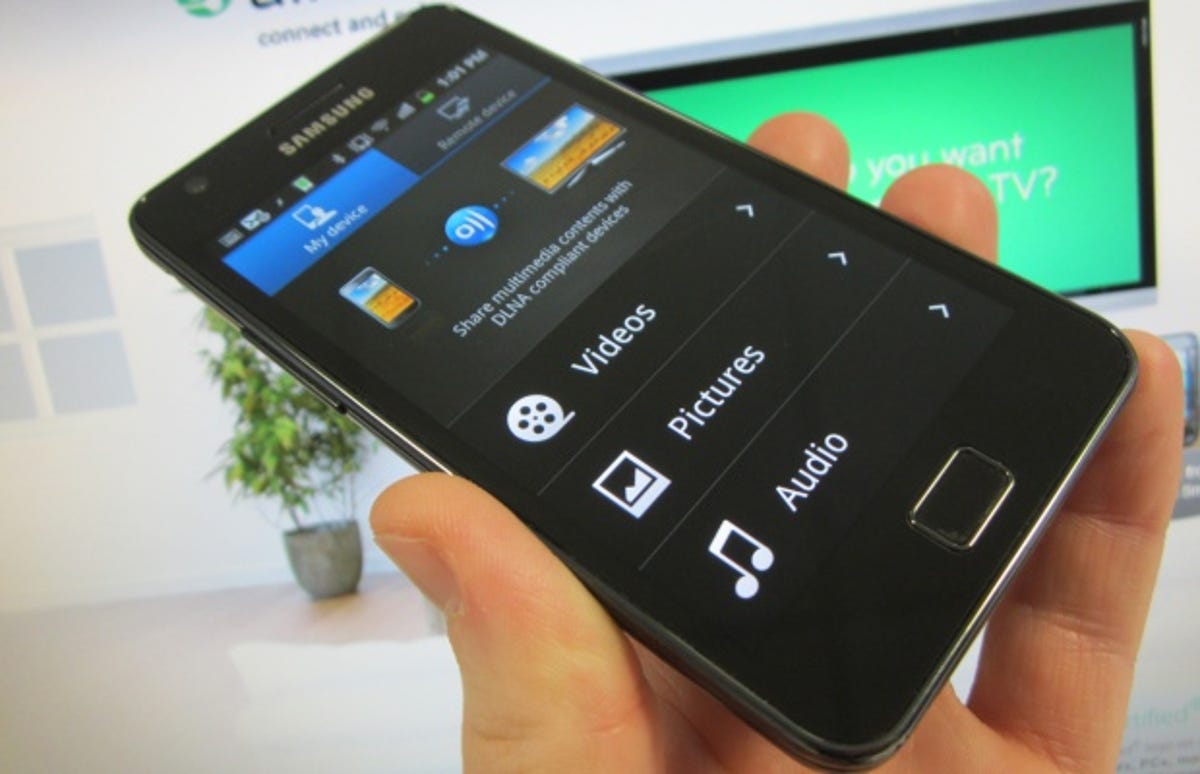
We’ve already shown how to stream media from your PC to other devices,
but DLNA — no, not the chaps that deal with your driver’s licence — is slowly but surely becoming a common feature on mobile
phones too. To give its name in full, Digital Living Network Alliance is a protocol that provides a hassle-free way of sharing all the photos and movies on your handset, by wirelessly streaming them to compatible devices.
It’s one of those amazing pieces of tech that reminds you the future is well and truly here, and it’s surely only a matter of time before we’re all zooming around on hoverboards, eating three-course meals in pill form and living on the moon.
On the award-winning Samsung Galaxy S2, DLNA is concealed under the somewhat friendlier name AllShare. This is Samsung’s unique software client. It promises seamless integration with other AllShare-packing devices in the Korean company’s catalogue.
However, despite Samsung’s best efforts to distance AllShare from DLNA by giving it a snappier title, it offers the same intrinsic benefits. This guide will show you how to experience content from your Galaxy S2 on your DLNA-compatible Sony PlayStation 3, paving the way for all manner of media streaming tomfoolery.
Although we’ve used Sony’s console in this example, you can stream your content to a wider range of DLNA-supporting platforms. The process outlined below is specific to the PS3, but with some experimentation, you should be able to achieve the same results on other systems — including a Wi-Fi-ready Xbox 360.
1. Connect your PS3 and Galaxy S2 to your Wi-Fi
DLNA operates over Wi-Fi, so it’s essential that the devices you want to connect are both using the same Wi-Fi network. If you have multiple wireless routers in your home, you’ll need to make sure the Galaxy S2 and PS3 are singing from the same song sheet — so to speak. Once you’re done, load up the AllShare application — you can find it in your app drawer.
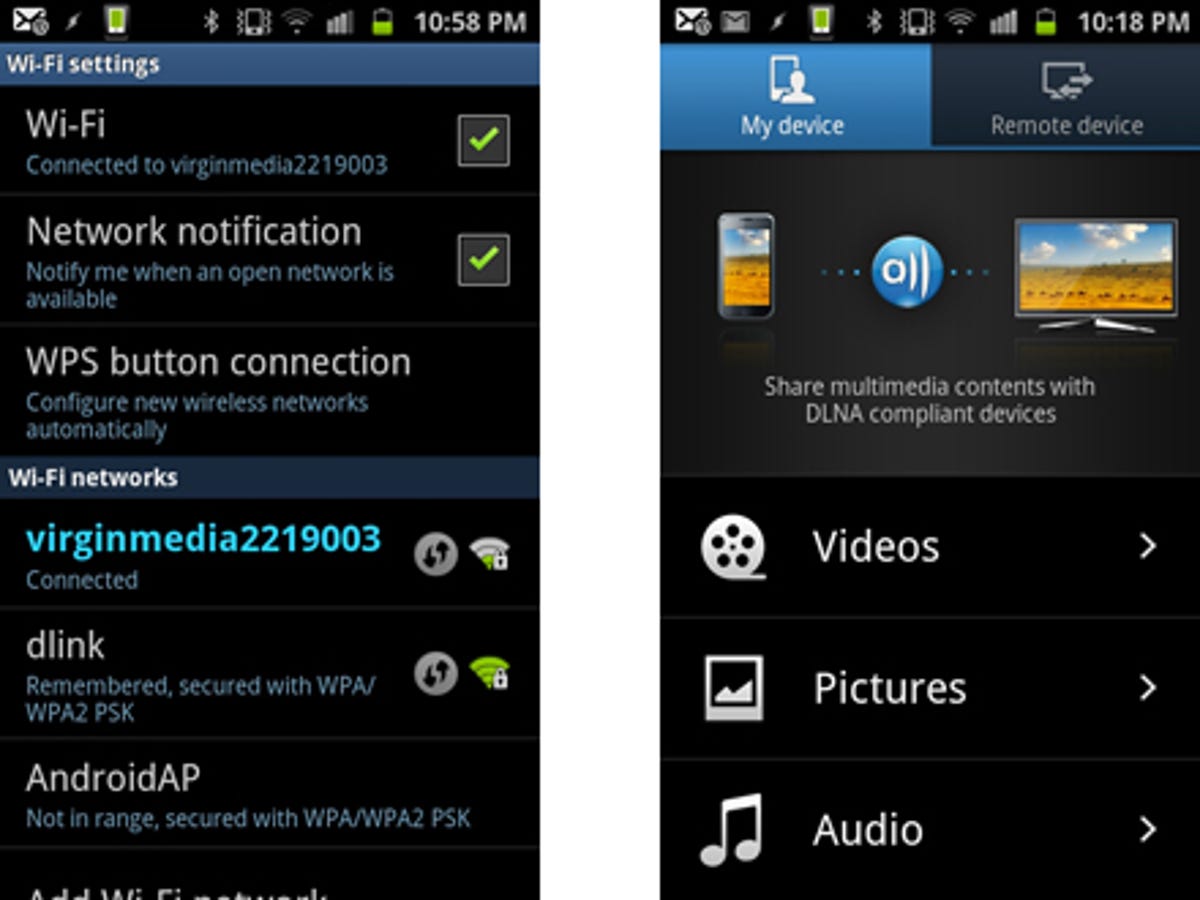

2. Configure your PS3 for media sharing
Fire up your PS3 console and scroll across to Settings. Scroll down to Internet Settings, and then down to Media Server Connection. Make sure this is enabled — if it isn’t, your PS3 won’t be able to ‘see’ your Galaxy S2.
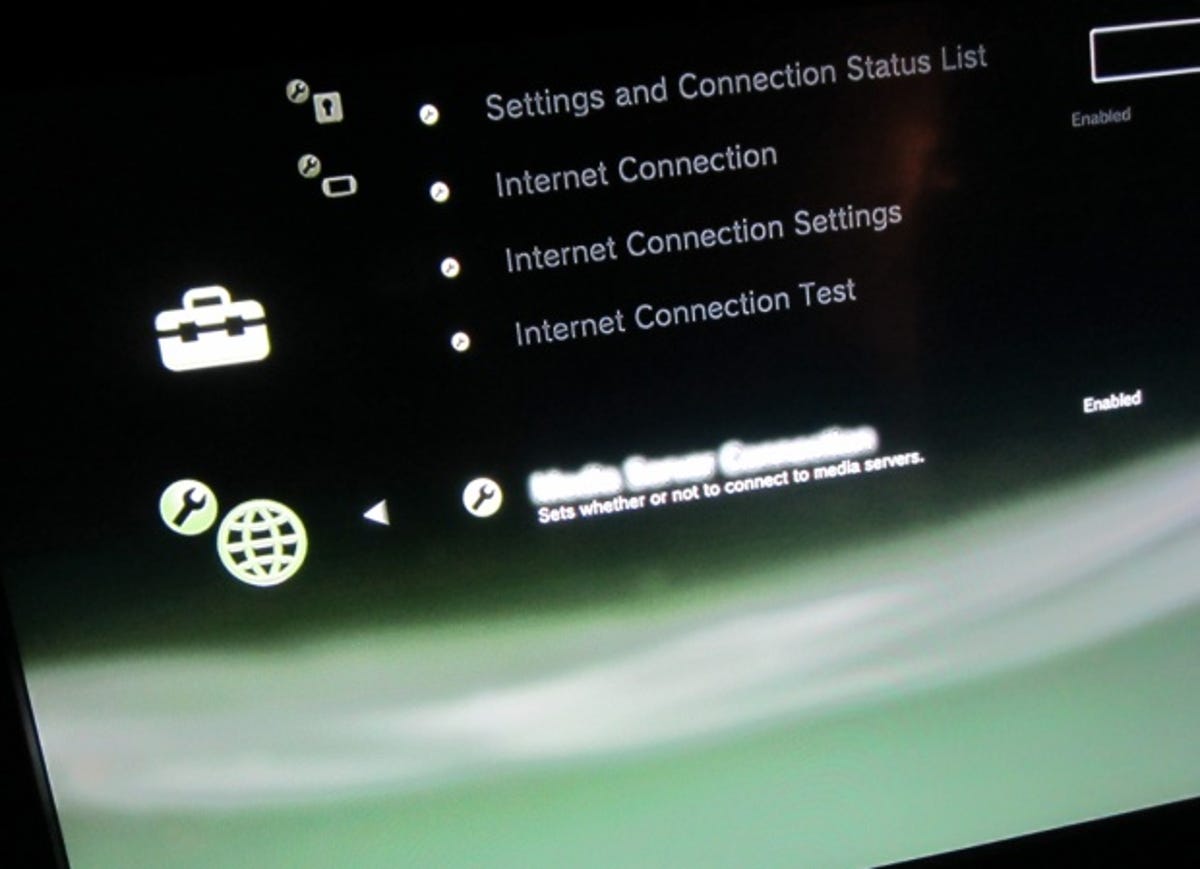

3. Viewing photos
Once the connection is established between your console and phone, the media on your Galaxy S2 becomes listed in the relevant section of the PS3’s media bar. Scroll across to the Photo section and expect to see your phone appear as one of the available folders. It should be listed as ‘[Mobile] GT-I9100’, unless you’ve changed the name of the handset in the AllShare settings menu.
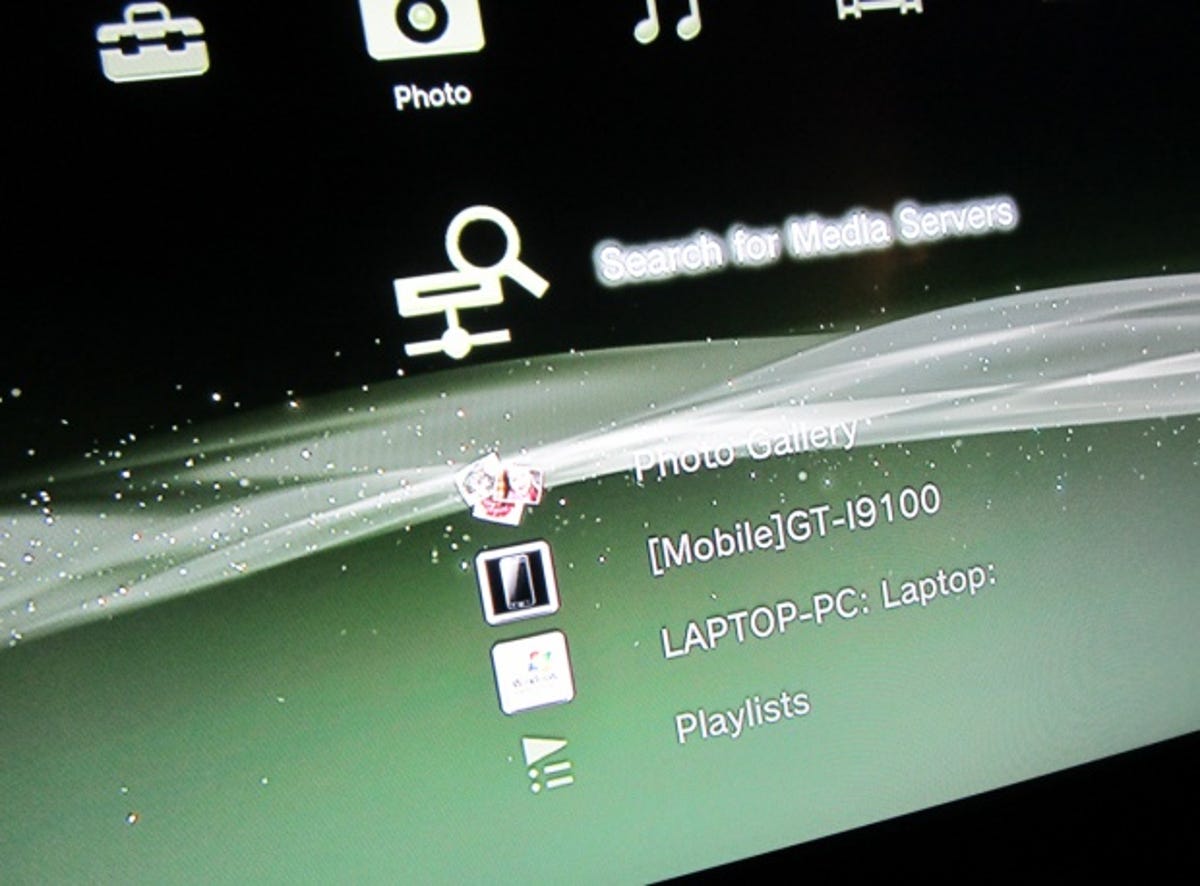

Once you open up the phone, you’ll be (confusingly) presented with folders for all of the available DLNA content — Audio, Pictures and Video. However, as you’re currently in the PS3’s Photo viewer, music and video won’t throw up any content when you open them. The only folder that will play ball is Pictures, so open that one up.
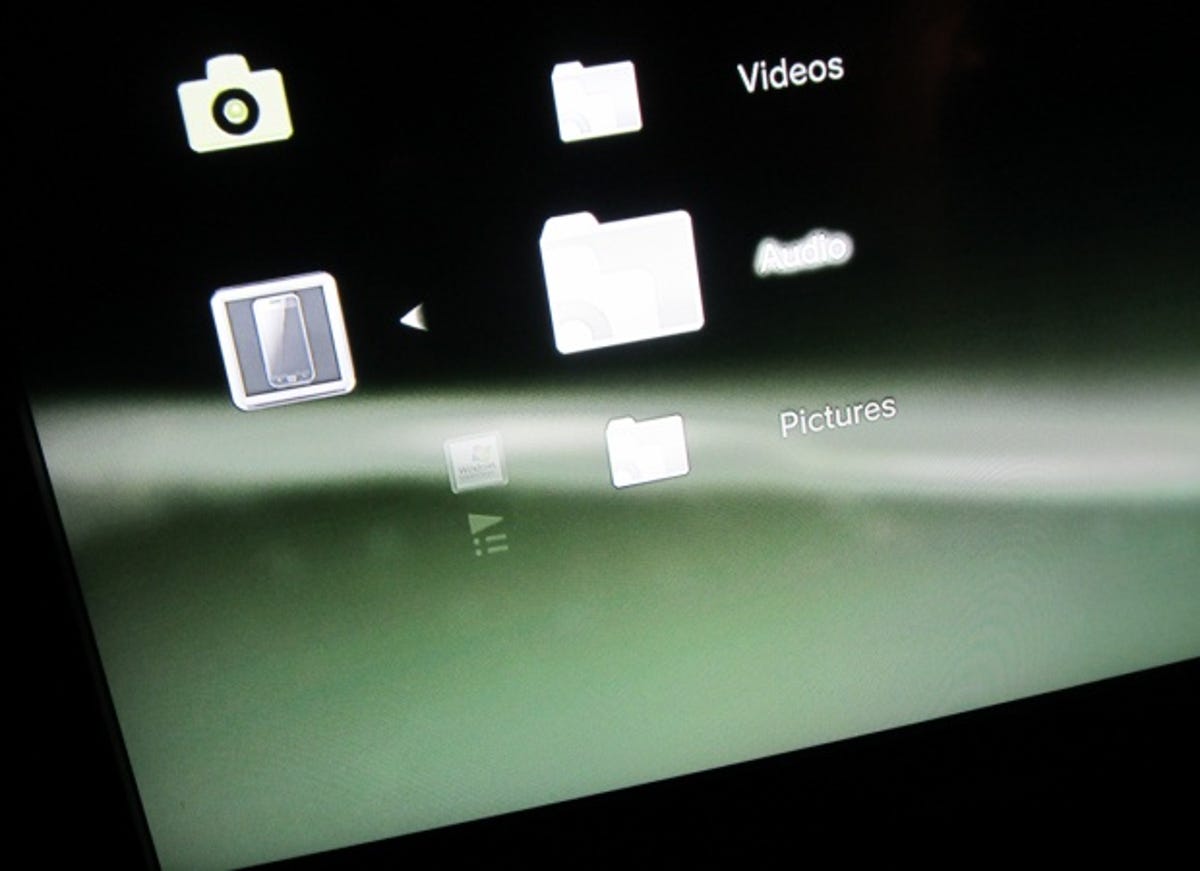

You’ll be presented with a long list of all the images currently stored on your phone’s internal memory, as well as thumbnail images, so you can quickly locate the image you want.
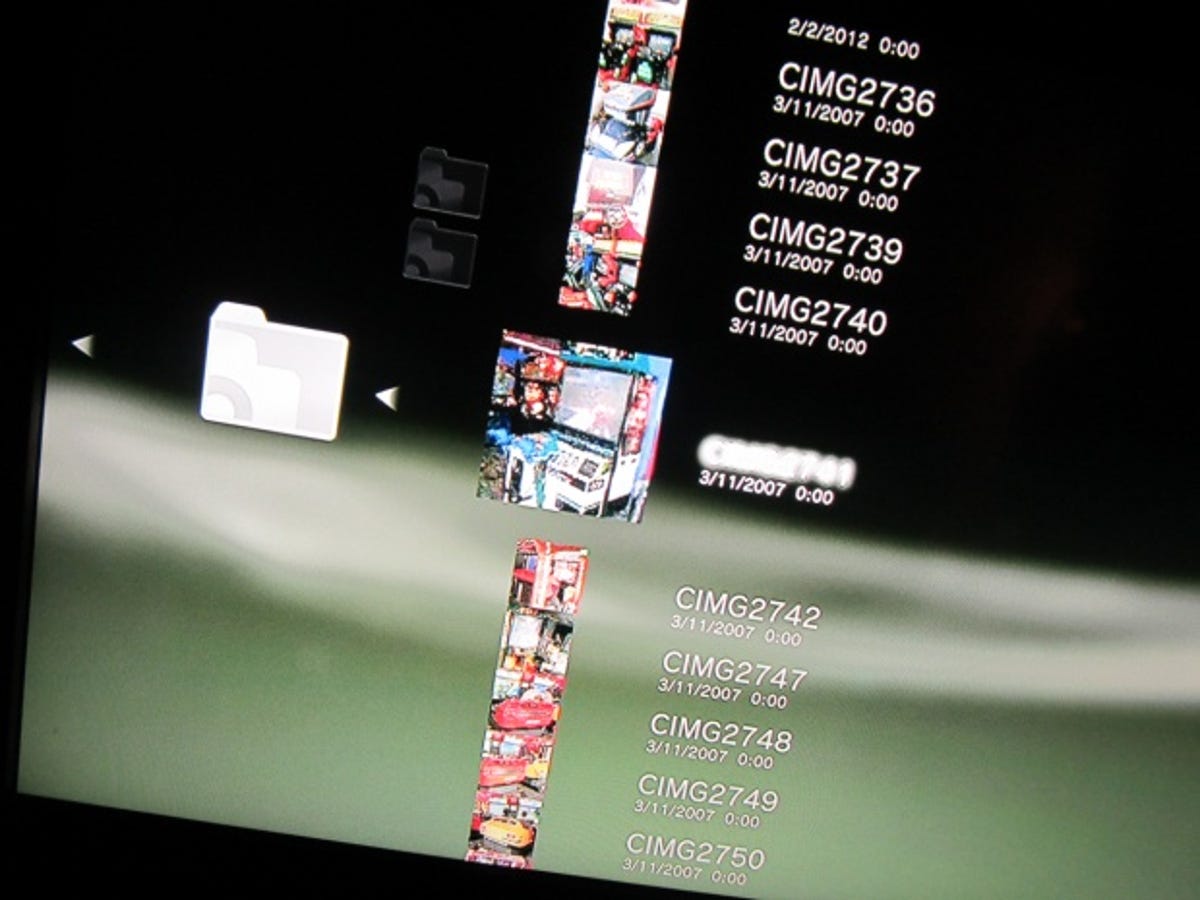

Clicking on an image will blow it up to full screen, allowing you to appreciate all those lovely megapixels on your big display.
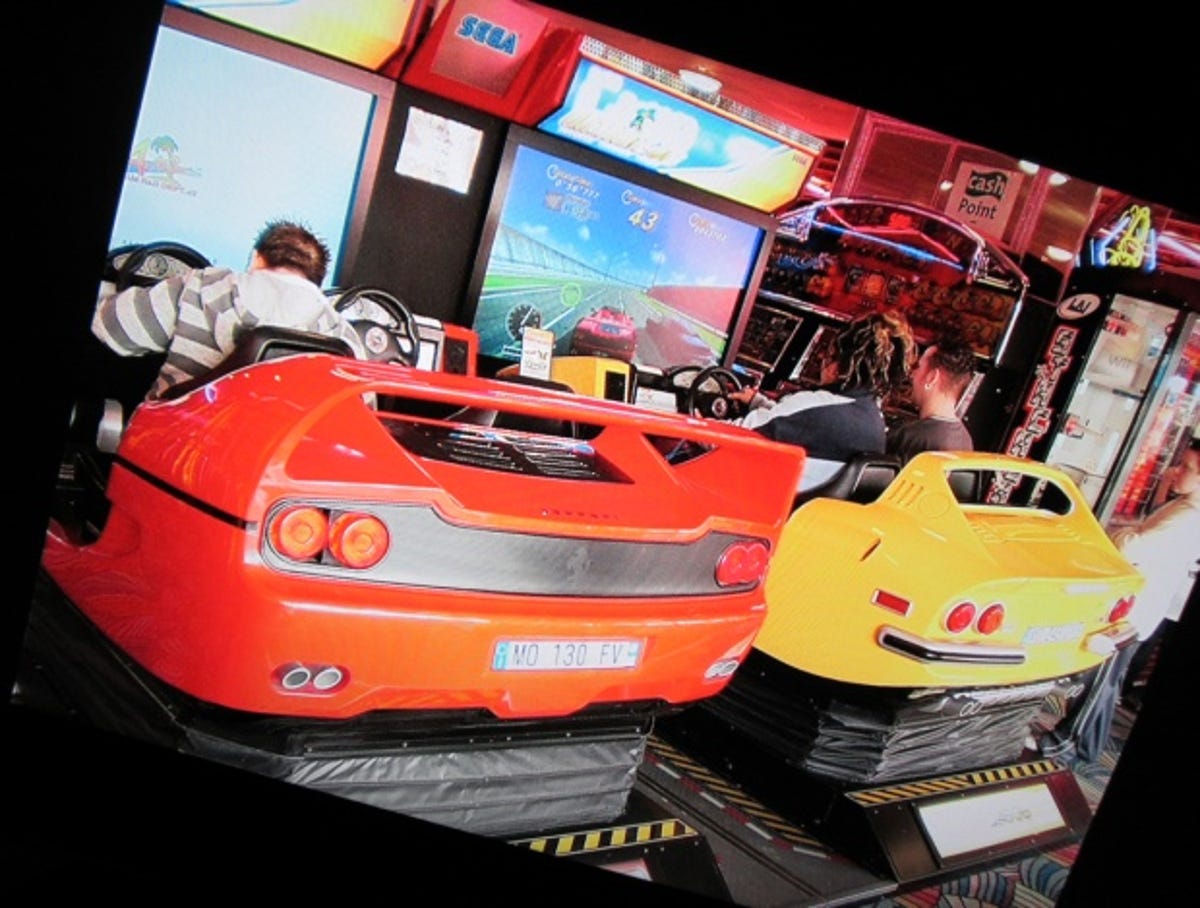

4. Playing your music
Drop out of the PS3’s Photos section and scroll over to Music. Find your phone (as with Photos, it will be listed as a media folder), open it up and dive into the Audio section. You’ll see all the songs you have on your handset.
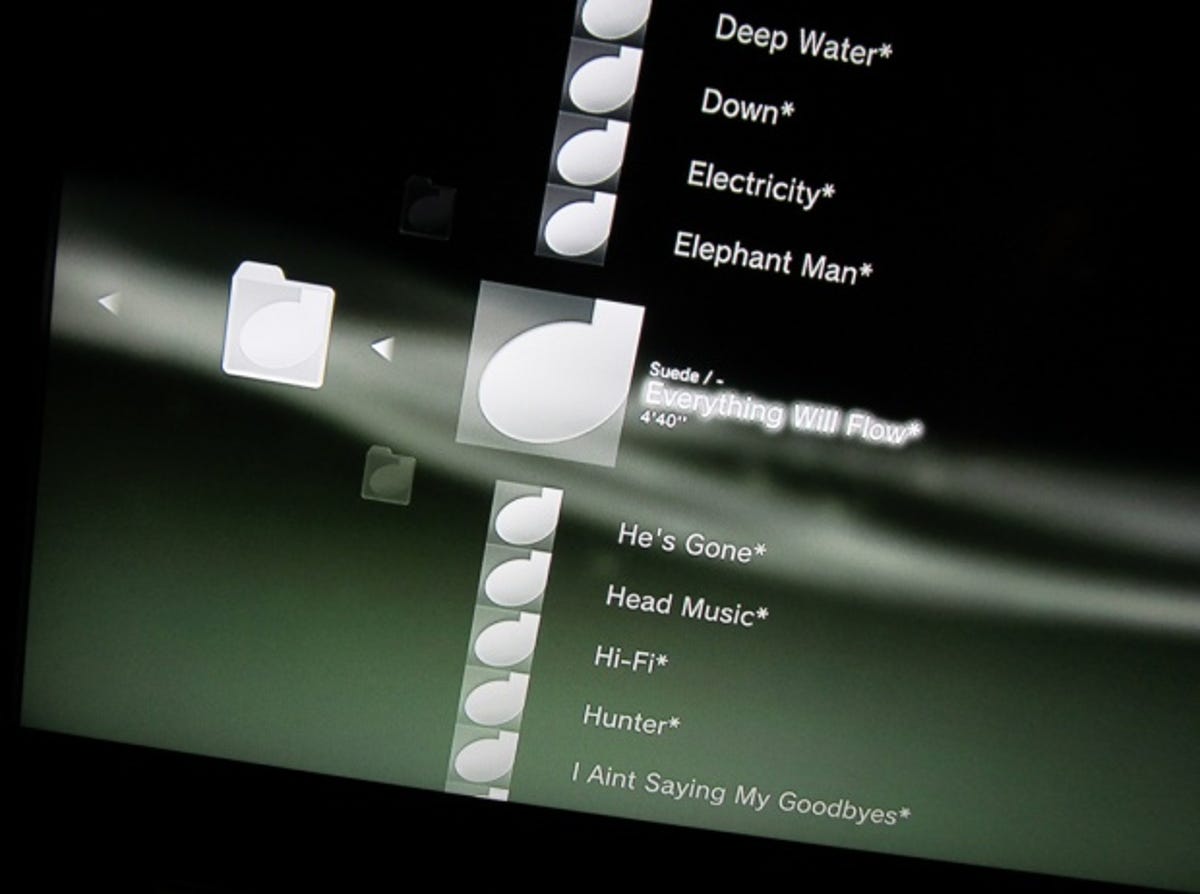

The PS3 has a pretty nifty visual sequence, which animates during playback. It features planets and other funky imagery. You’d be amazed at how well it accompanies the music you’re listening to — be it filthy dub-step or cultured classical.
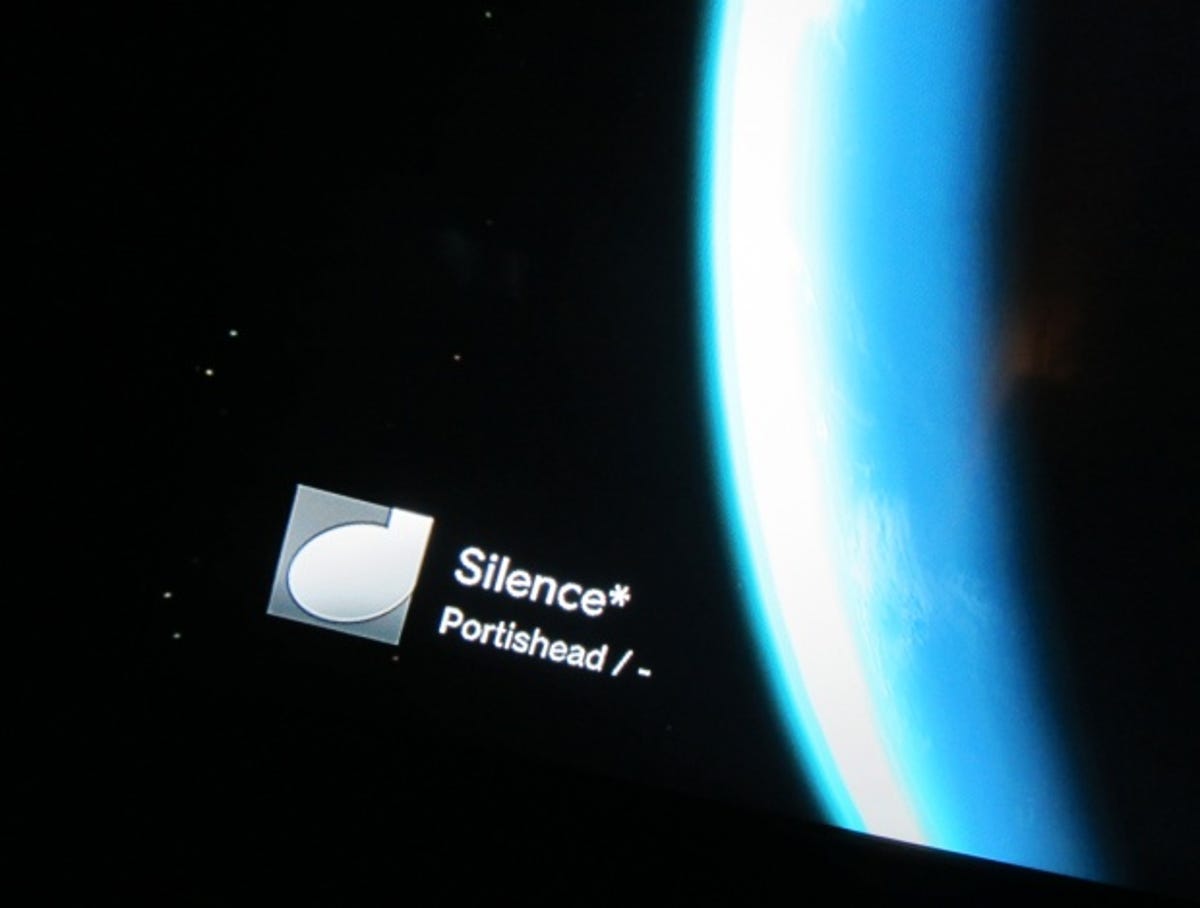

5. Watching video
The final piece of the puzzle is video, which can also be streamed via DLNA to your TV via the PS3. This is an excellent way of showing off those embarrassing clips you amass on your phone but never watch. It’s also a means of watching full-length films.
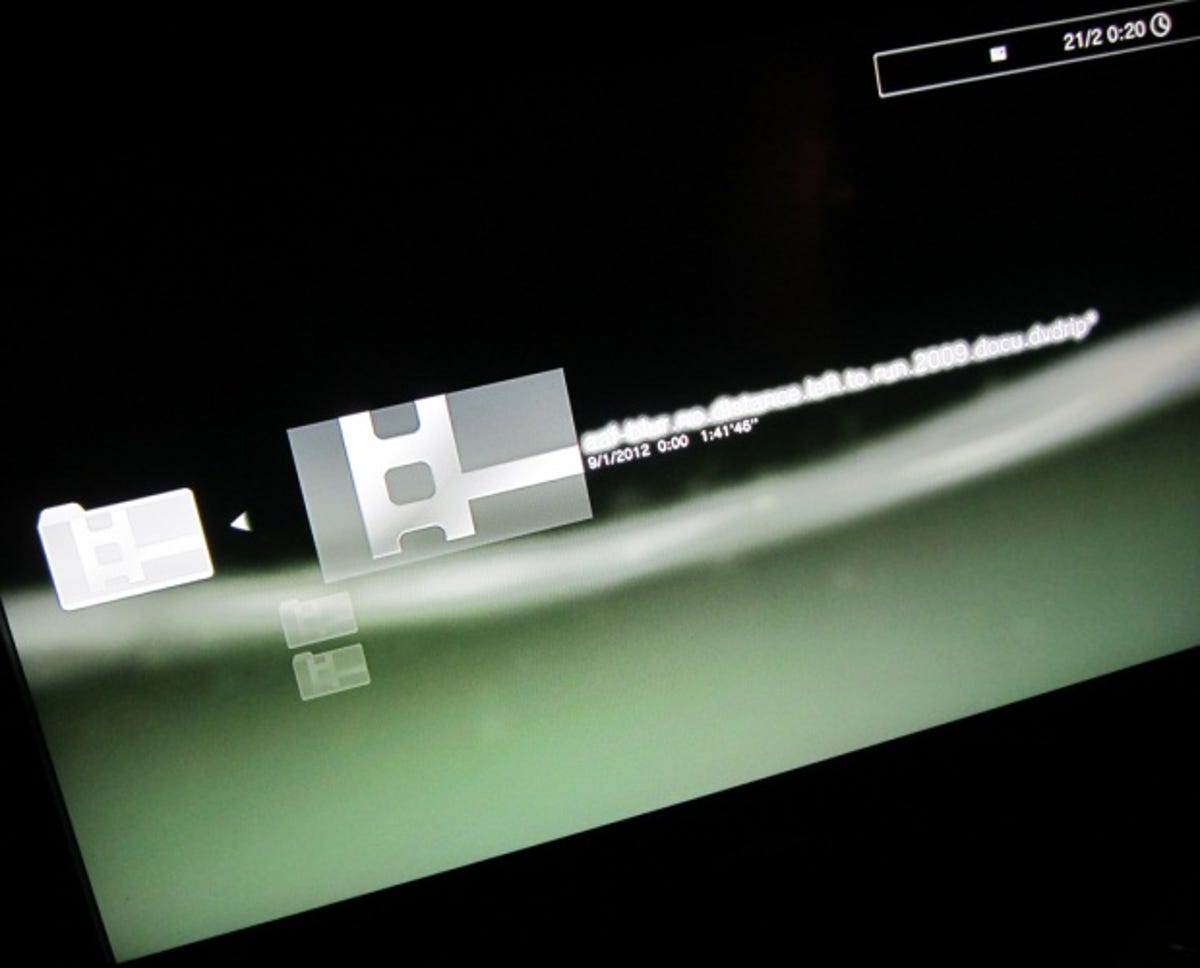

Scroll across to the relevant section of the PS3’s user interface and locate your phone in the menu. Click the Videos folder and find the movie you wish to stream. As with musical tracks, you can use the PS3 pad to pause, rewind and fast-forward through the film — just like a proper remote control — even though the actual footage is stored on your handset.
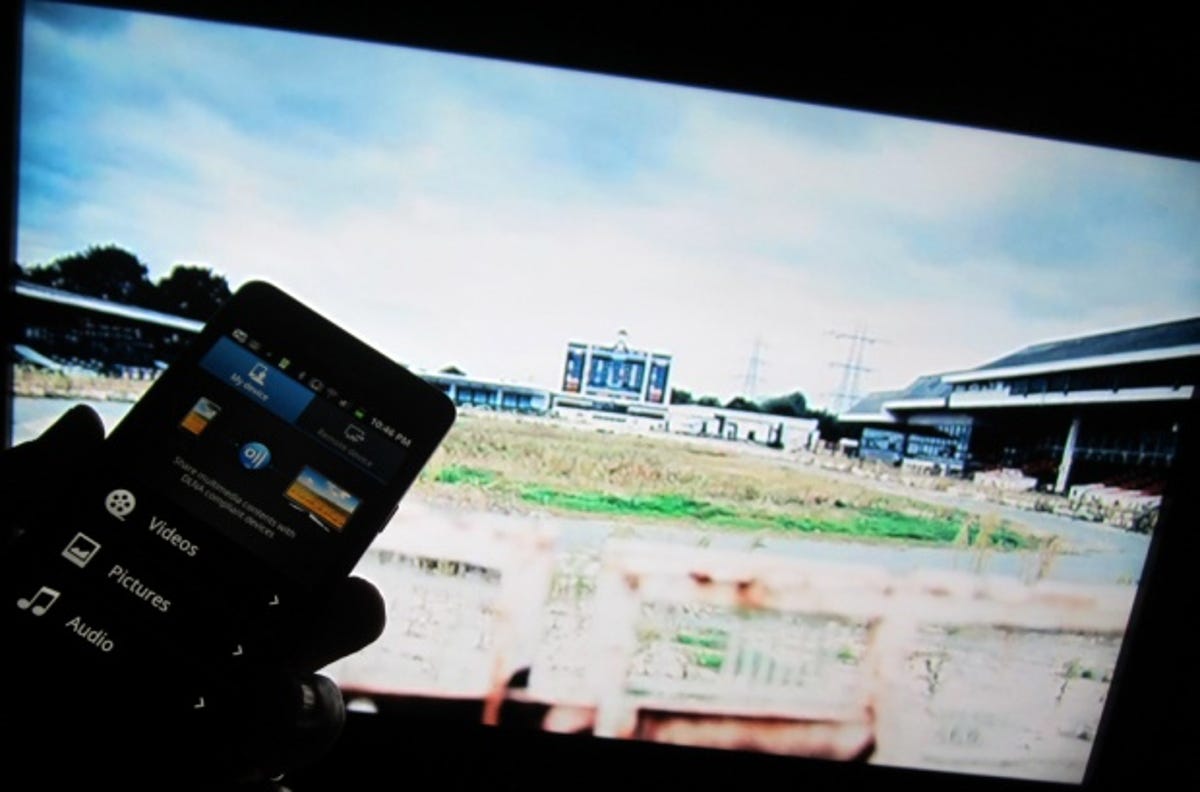

And if you don’t have a Samsung phone…
Don’t fret, and certainly don’t shed any tears. There are plenty of DLNA options available on Android, many of which can be downloaded free of charge from the Android Market. Recommended choices are Skifta and BubbleUPnP, both of which offer the same basic functionality as Samsung’s AllShare application.
